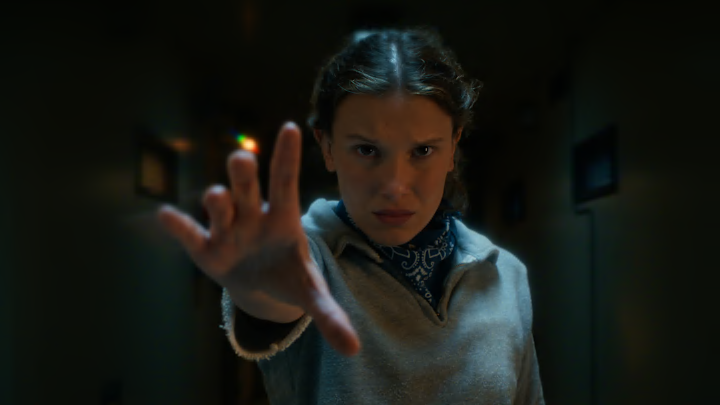Every decade in pop/rock music has both its proponents and opponents, and the 1980s are no exception. Usually, the proponents are people who had their best years (youth or otherwise) during it, and very often, the opponents are a series of music critics who thought what went on before was much better.
Yet, as time passes by, those same critics, and quite a few among the listeners, reassess the music created during a decade, in this case the eighties, and find value where they previously found trash. Whether it is the memories, comparison with what was created before and after, it makes no difference - time puts a certain music of a decade where it actually belongs.
Then there’s the contribution of films and TV series and their role in such reassessments. A true, detailed reassessment can only come by if there is a deep understanding of the music and the decade as a whole, and in the visual setting of films and series, it not only depends on a careful selection, but a thoughtful connection to the visuals to create the exact desired effect.
Stranger Things almost single-handedly resurrected the music of the 1980s
Doing that within a series like Stranger Things, it becomes even harder and more complicated to do.
The series is created like a 1980s Twilight Zone reality - real but not exactly real, and the music selection that focused mainly on the decade itself (with carefully chosen ones from the 1970s and even earlier) by Emmy winners Emma Glickson and David Klotz and others and almost perfectly matched with the visuals by the Duffer Brothers and others involved created exactly the desired effect.
It is also interesting to note that each season quite closely follows the 1980s timeline. As the first four seasons evolve, the music timeline evolves too, along with them, except for flashbacks in Season 4 with Musical Youth and Journey songs. On the other hand, the final season musically seems to be like a sort of flashback to some of the previous years of the decade. A mini walk down memory lane?
What it also did was create a resurrection and a more realistic assessment of the eighties pop music. Not only were some of the songs put in their rightful place, but quite a few of them became hits again (Toto) or, hits for the first time (and in a big way, with Kate Bush rightfully leading the pack.
And oh, sure, some songs are included that might still grate, the prime case being the Limahl one in Season 3, but when you revisit the scene it was included in, you realize why it is there.
The essential element, though, is that the resurrection of the eighties music also led to a wider cultural impact - a broader reevaluation of the eighties as a decade.
To that effect, below is the list of some of the key 1980s songs through the seasons, including those that will be seen and heard in the final Season 5:
Season 1
- "Should I Stay or Should I Go" by the Clash (1981)
- "Africa" by Toto (1982)
Season 2
- "Every Breath You Take" by the Police (1983)
- "The Ghostbusters Theme" by Ray Parker Jr. (1984)
Season 3
- "Material Girl" by Madonna (1984)
- "Never Ending Story" by Limahl (1984)
Season 4
- "Running Up That Hill (A Deal with God)" by Kate Bush (1985)
- "Master of Puppets" by Metallica (1986)
- "Pass the Dutchie" by Musical Youth (1982)
- “You Spin Me Round (Like a Record)” by Dead or Alive (1985)
- “Separate Ways (Worlds Apart)” by Journey (1982)
Season 5
- “The Magnificent Seven” by the Clash (1980)
- “Upside Down” by Diana Ross (1980)
- “See Those Eyes” by Altered Images (1982)
- "Here Comes The Rain Again" by the Eurythmics (1983)
